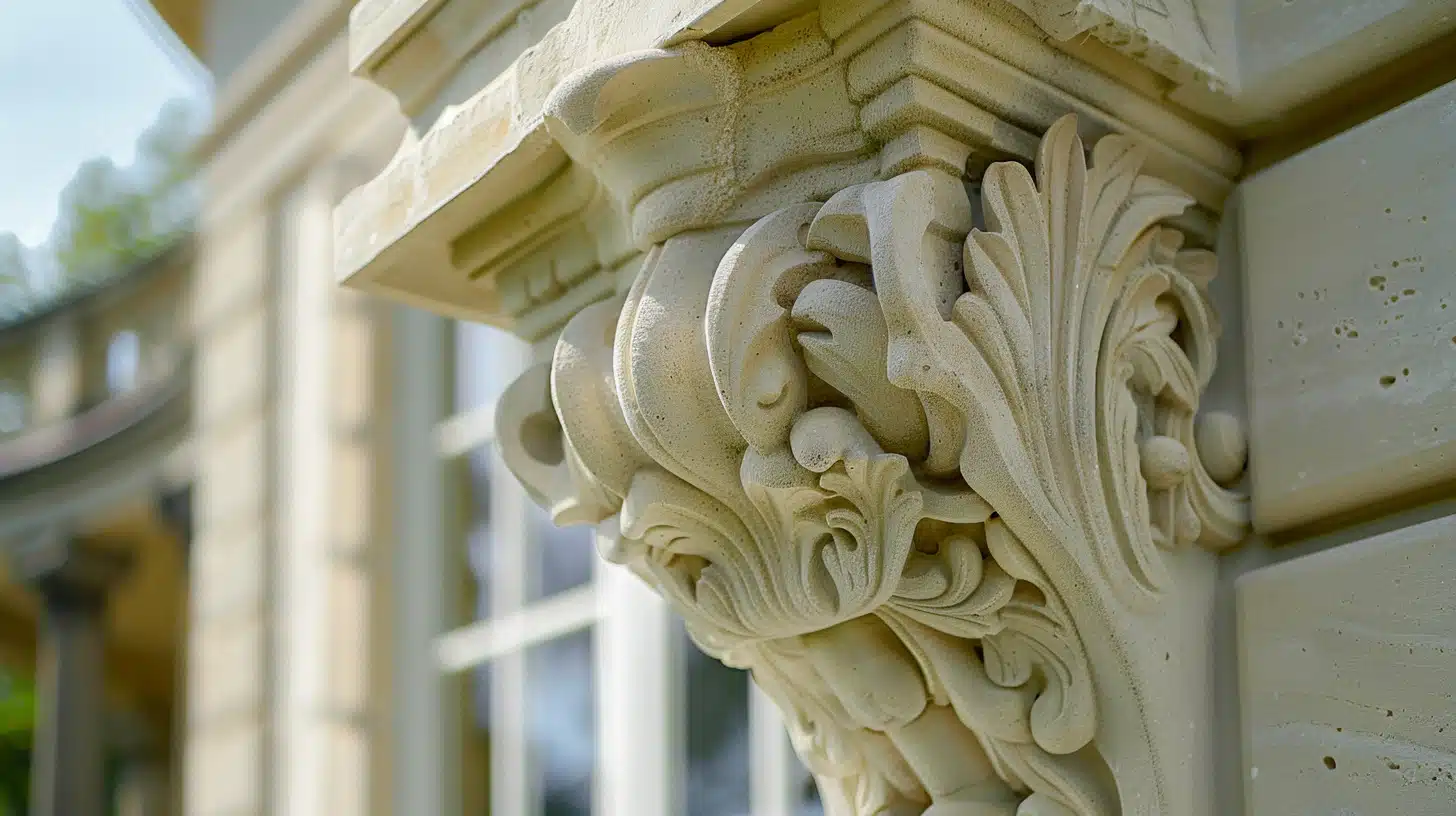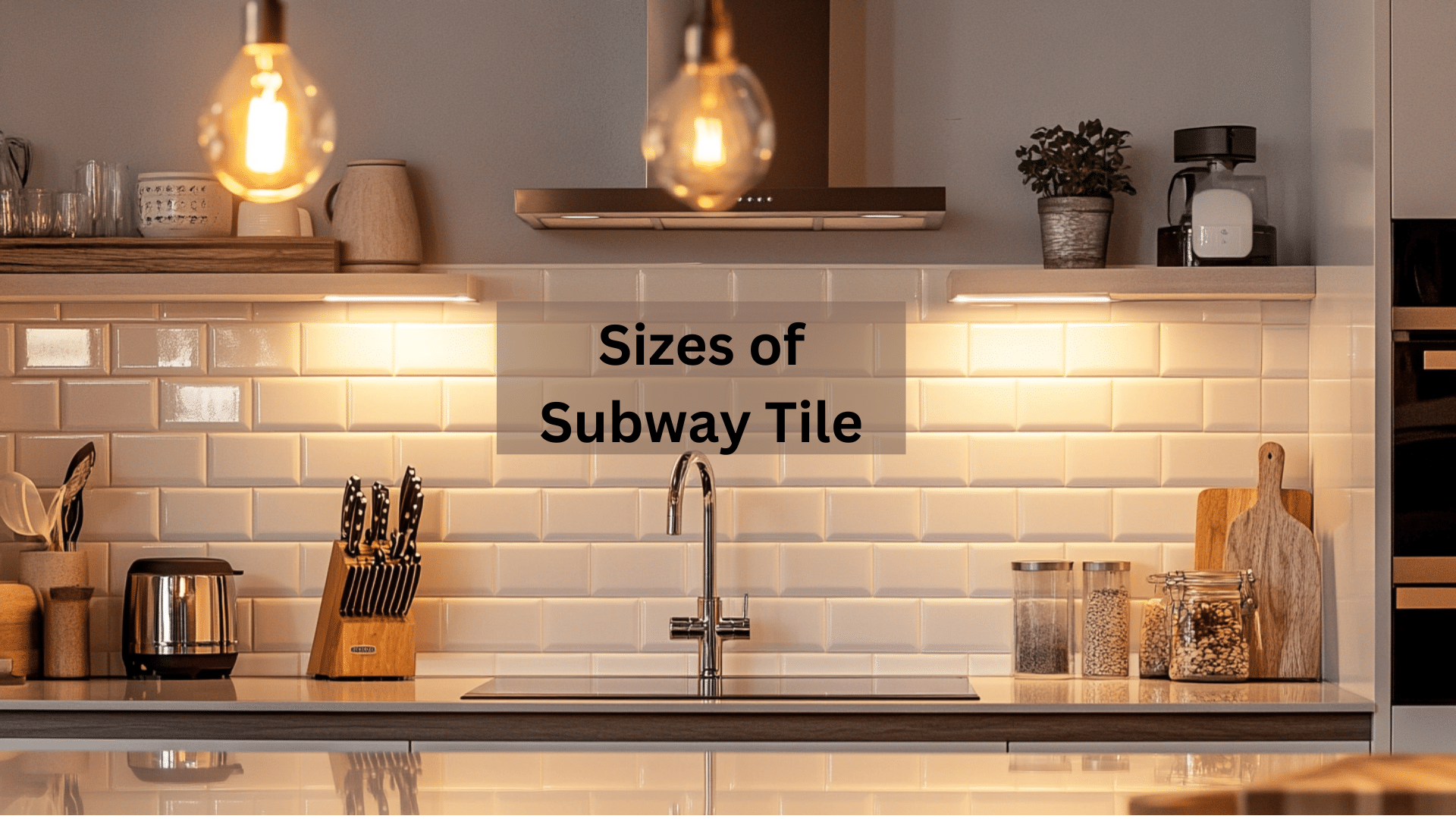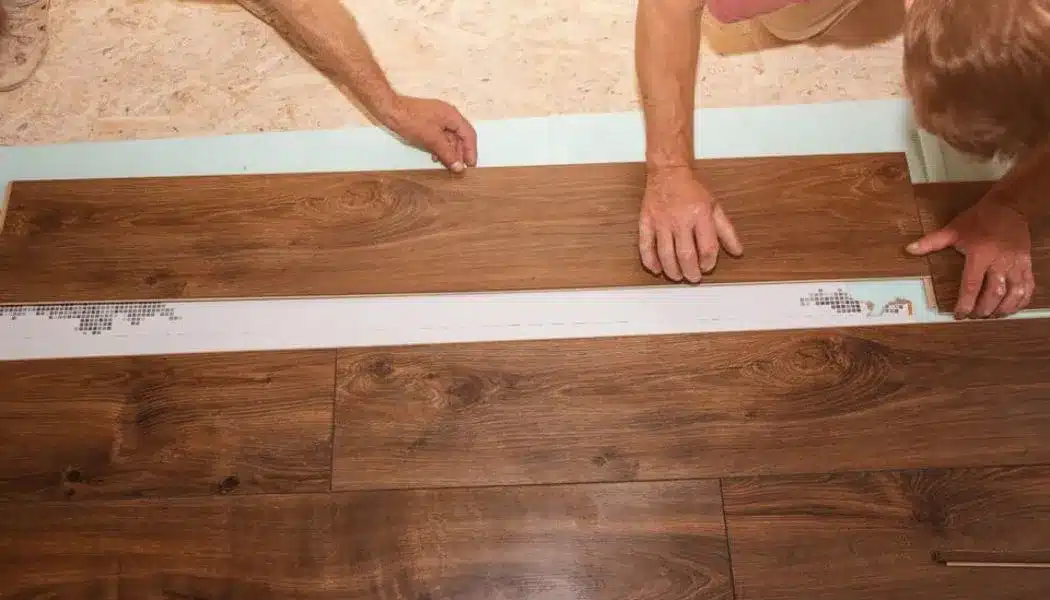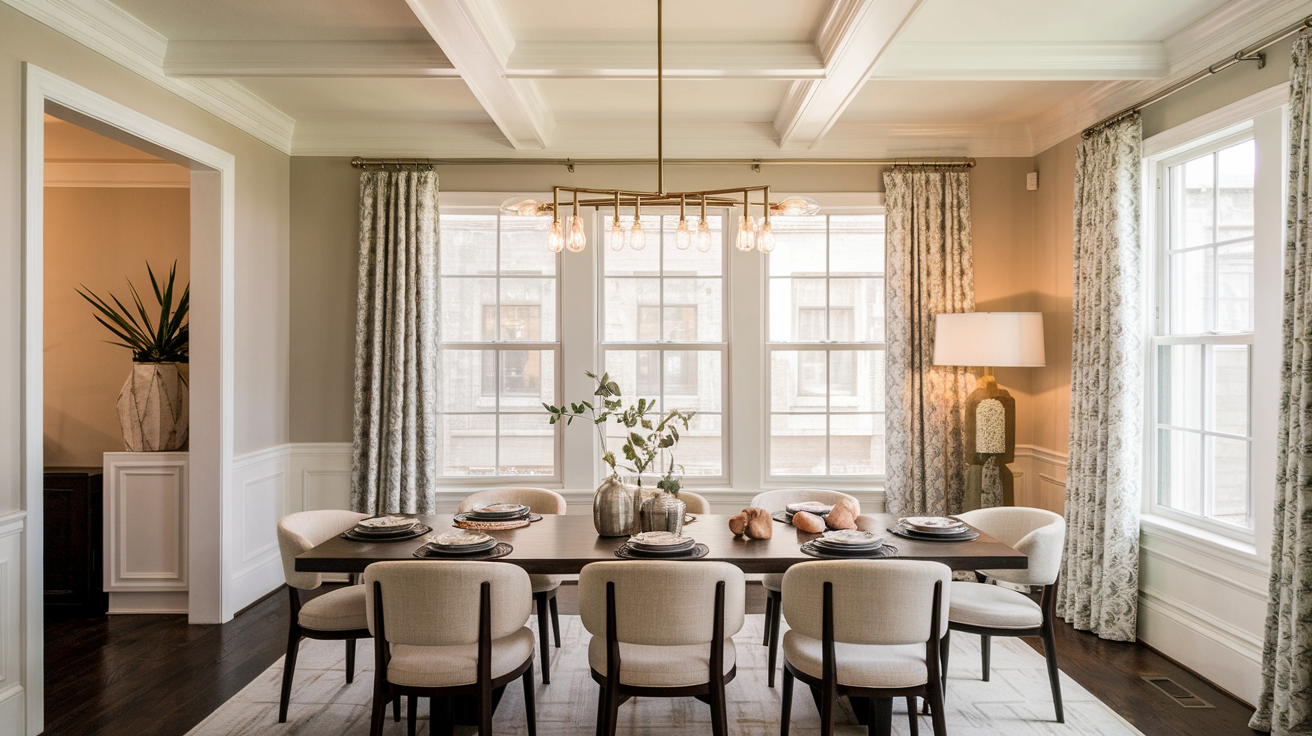Cast Stone: The Secret to Stunning Architectural Designs
Cast stone has revolutionized modern architecture with its blend of aesthetic appeal and durability. This versatile material is a favorite among architects and builders, offering a cost-effective alternative to natural stone. In this comprehensive guide, we’ll explore the world of cast stone, focusing on its applications, benefits, and the innovations that have made it indispensable in contemporary construction.
What is Cast Stone?
Cast stone is a high-quality, precast concrete product designed to replicate the appearance of natural stone. It is renowned for its versatility, durability, and aesthetic versatility, making it suitable for various architectural applications, both exterior and interior.
The Renaissance of Cast Stone in Architecture
The resurgence of cast stone in architecture is driven by its ability to merge traditional elegance with modern functionality. Offering a cost-effective alternative to natural stone, cast stone delivers the same visual impact without the associated costs and limitations.
Advantages of Cast Stone
Durability: Cast stone boasts exceptional durability, withstanding various weather conditions and enduring over time. It is fire, frost, and impact-resistant, making it suitable for diverse climates and applications.
Aesthetic Appeal: Cast stone can mimic the appearance of numerous natural stones, such as limestone, granite, and marble, offering a wide range of design possibilities.
Cost-Effective: More affordable and easier to produce than natural stone, cast stone allows for intricate designs and customizations without the high costs of quarrying and shaping.
Key Applications of Cast Stone
Cast Stone Coping
Cast stone coping is vital in building construction, capping the tops of walls, parapets, and other vertical surfaces. It not only provides a polished look but also protects the underlying structure from water penetration and damage.
Functionality: Cast stone coping acts as a protective barrier, preventing water infiltration and directing it away from the building, thereby reducing erosion and deterioration risks.
Aesthetic Value: Available in various styles and finishes, cast stone coping enhances a building’s architectural design, adding elegance and sophistication to both traditional and modern structures.
Stone Bay Window
Stone bay windows are another popular application of cast stone, projecting from the main walls of a building to create a beautiful, functional space that allows more natural light to enter.
Enhancing Natural Light: Designed to maximize natural light, stone bay windows create a bright and inviting atmosphere. The use of cast stone ensures durability and aesthetic appeal.
Architectural Feature: Stone bay windows add a unique architectural element to buildings, serving as focal points that enhance overall design. Cast stone allows for intricate detailing and customization, making each window a unique piece of art.
Innovations in Cast Stone Production
The production of cast stone has significantly evolved, incorporating new technologies and techniques to improve quality and performance.
Sustainable Production
Eco-Friendly Materials: Modern cast stone production often uses recycled materials and eco-friendly processes, reducing environmental impact and promoting sustainability in construction.
Energy Efficiency: Advances in manufacturing processes have led to more energy-efficient production methods, further minimizing the carbon footprint of cast stone.
Advanced Design Capabilities
3D Modeling and Printing: The use of 3D modeling and printing technologies enables precise and intricate designs previously unattainable. This innovation has expanded the possibilities for custom cast stone elements, allowing architects to realize their unique visions.
High-Performance Mixes: The development of high-performance concrete mixes has enhanced the strength, durability, and aesthetic qualities of cast stone, ensuring that elements can withstand environmental exposure and the test of time.
The Future of Cast Stone in Architecture
As architectural trends evolve, cast stone remains a versatile and valuable material, combining traditional aesthetics with modern performance to maintain its relevance in the industry.
Integrating Technology and Tradition
The future of cast stone lies in the seamless integration of traditional craftsmanship with advanced technology, creating timeless architectural elements that meet contemporary performance and sustainability standards.
Expanding Applications
Interior Design: Beyond exterior use, cast stone is increasingly popular in interior design. From fireplace surrounds to decorative columns, its versatility and beauty make it a favored choice for enhancing indoor spaces.
Public Spaces: Cast stone is also gaining prominence in public spaces, such as parks, plazas, and monuments. Its durability and aesthetic appeal make it ideal for creating lasting and impactful structures.
Conclusion
Cast stone continues to be a transformative architectural material, offering a blend of beauty, durability, and versatility. Whether used for cast stone coping, stone bay windows, or other applications, it provides architects and builders with the tools to create stunning and enduring designs.
As innovations in production and design continue to emerge, the future of cast stone looks brighter than ever, promising even more possibilities for enhancing the built environment.
How is cast stone different from natural stone?
More cost-effective and versatile, with consistent quality and easier installation.
What are the benefits of using cast stone in construction?
Durable, cost-effective, and aesthetically versatile.
How is cast stone coping used in buildings?
To cap walls and parapets, providing a polished look and protection from water damage.
What are the advantages of stone bay windows?
Enhance natural light, create inviting spaces, and add unique architectural elements.
How has cast stone production evolved?
Sustainable practices, energy-efficient methods, and advanced design technologies like 3D modeling.








